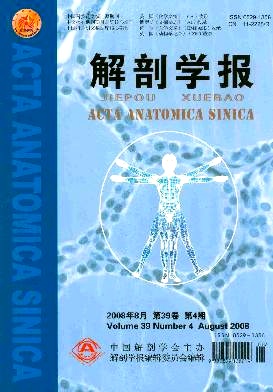|
|
Polymorphism distribution of 15 STR in Lasha and Naqu tibetan population
2009, 40 (5):
743-748.
doi: 10.3969/j.issn.0529-1356.2009.05.010
Objective To investigate the genotype and allele frequency distribution of 15 STR loci (D8S1179, D21S11, D7S820, CSF1PO, D3S1358, TH01, D13S317, D16S539, D2S1338, D19S433, VWA, TPOX, D18S51, D5S818 and FGA)in 408 Lasha and Naqu Tibetans. Methods Extracting genome DNA, then multiplex PCR amplification using five fluorochromes (6FAM, VIC, NED, PET, LIZ) were used to acquire the genotype frequency and allele frequency ,and all loci were tested for HardyWeinberg equilibrium, at the same time to compare the allele frequency between Lasha and Naqu Tibetans. Results In Lhasa Tibetan population, 11-47 genotypes and 5-12 alleles were detected in 15 STRs. In Naqu tibetan population, 12-58 genotypes and 6-14 alleles. Allele frequency had little difference between Lasha and Naqu Tibetan population. The gene frequency of these 15 STR loci were in Hardy-Weinberg equilibrium.Conclusion These 15 STR loci have highly polymorphism, and the 15 STR loci could be used as the geneitc markers of Tibetan populations in anthropological studies, linkage analysis of genetic diseases, individual identification and paternity testing in forensic medicine.
Related Articles |
Metrics
|


